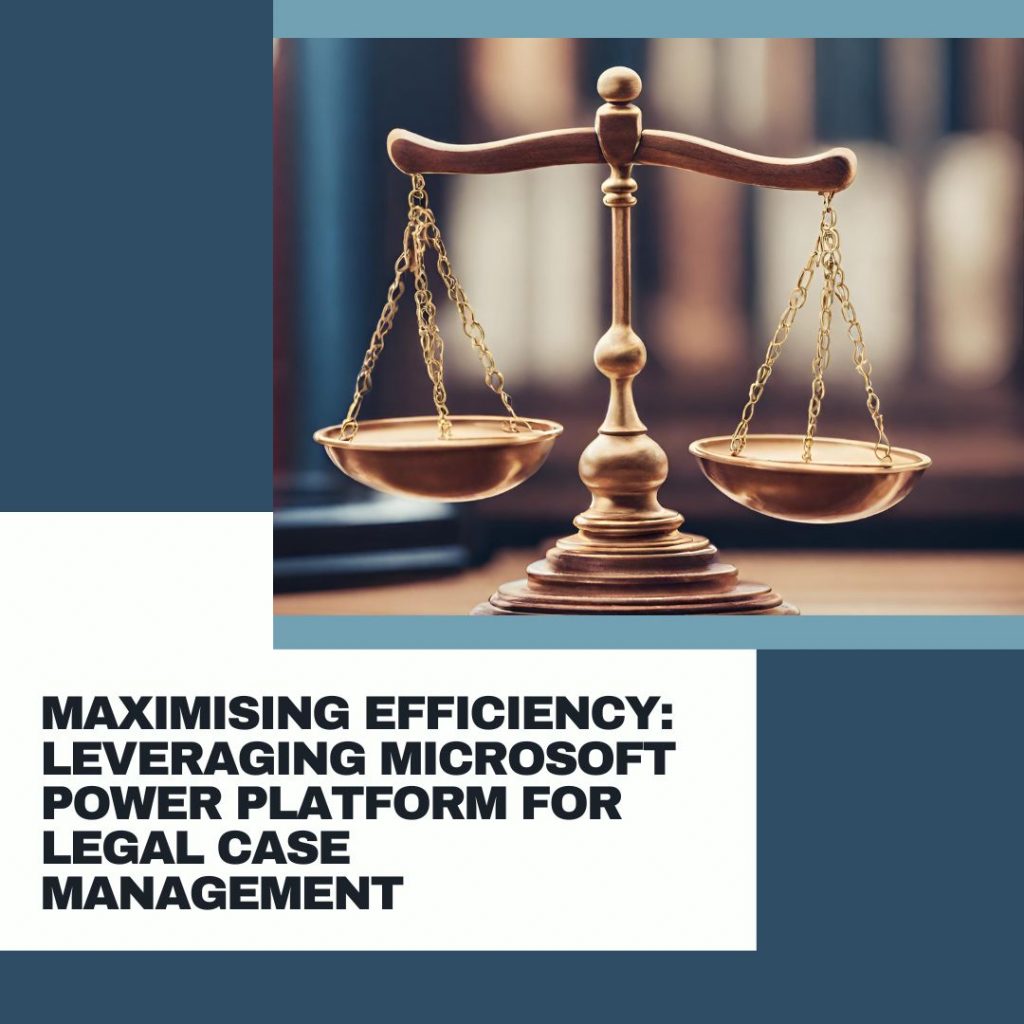In the field of legal operations, precision and efficiency are crucial. Legal operations professionals support legal teams to simplify processes, minimise manual work, and boost productivity. Microsoft Power Apps can be used to transform how legal teams function. Its user-friendly interface and extensive capabilities enables users to develop customised applications suited to their requirements. This article delves into how legal professionals and legal operations professionals can utilise Power Apps to digitise workflows and enhance their operations
Step 1: Identify Your Workflow Needs
The first step in customising legal workflows with Power Apps is to identify the specific pain points and inefficiencies in your team’s current processes. This could include repetitive tasks, manual data entry, or cumbersome approval processes. By understanding your workflow needs, you can better design a custom solution that addresses these challenges.
Step 2: Design Your Power App
Once you have identified your workflow requirements, it’s time to create your Power App. Begin by outlining the current process flow and identifying essential data inputs, outputs, and decision points. Utilise Power Apps user-friendly interface to construct your customised application.
Step 3: Integrate with Microsoft 365
One of the significant benefits of Power Apps is its smooth integration with various Microsoft 365 applications and legal tools. With Power Apps, you can effortlessly link your app to SharePoint lists, Excel sheets, Outlook emails, and other platforms. This integration enables you to retrieve and manage data from different origins within your application, boosting efficiency and fostering collaboration.
Step 4: Implement Automation
Automating Workflows is crucial for streamlining legal processes. Power Apps provides powerful features for setting up automated processes and approval workflows. By utilising Power Automate, Microsoft’s automation tool, you can design personalised workflows that initiate actions according to specific conditions. This can be for approvals, notification emails, and a variety of other tasks.
Step 5: Test and Iterate
After creating your Power App, it is crucial to conduct thorough testing to confirm that it operates as planned and aligns with your workflow requirements. Gather feedback from end users and stakeholders, and be ready to revise and refine as necessary.
Customising legal workflows through Power Apps presents a robust solution for streamlining operations, reducing manual tasks, and enhancing overall efficiency. Legal professionals can harness the full capabilities of Power Apps with assistance from LegalCloud to develop tailored applications that align with their specific requirements and goals. Whether it involves automating document reviews, organising case files, or monitoring client interactions, LegalCloud offers the necessary expertise and direction to enhance legal processes. Reach out to us today to discover how LegalCloud can assist you in tailoring your legal workflows using the Microsoft Power Platform.

